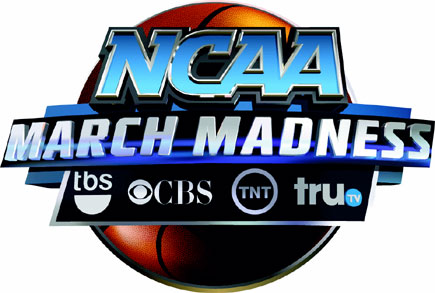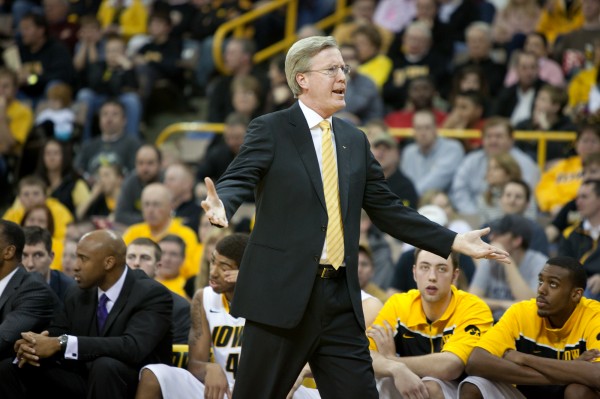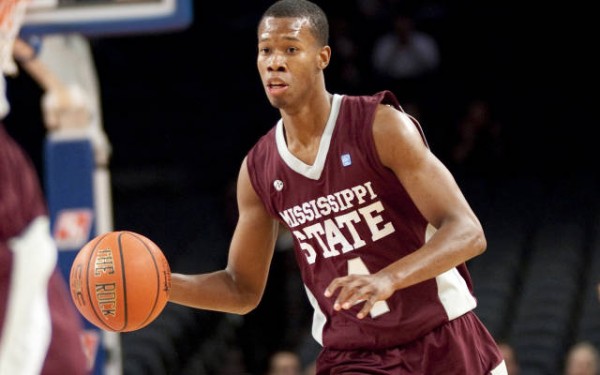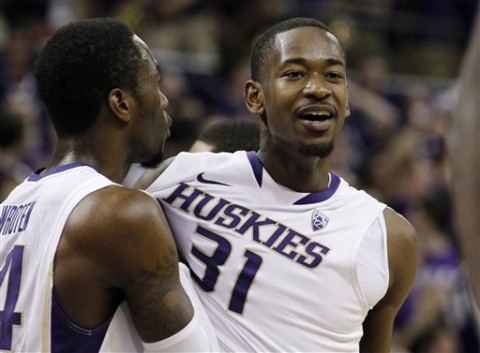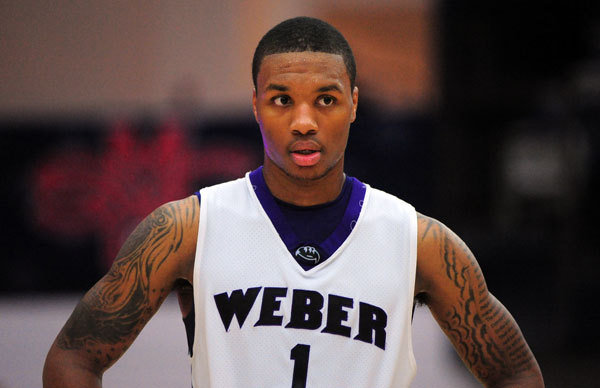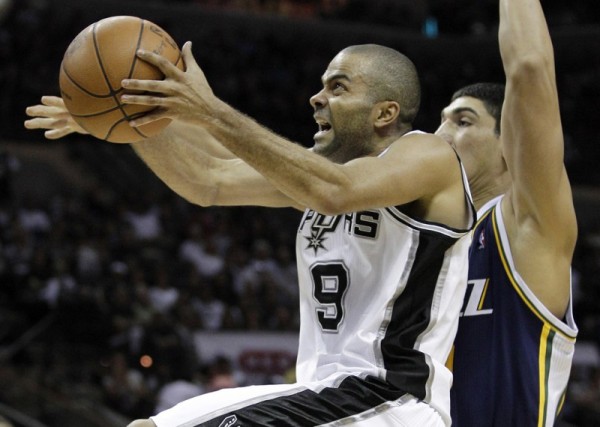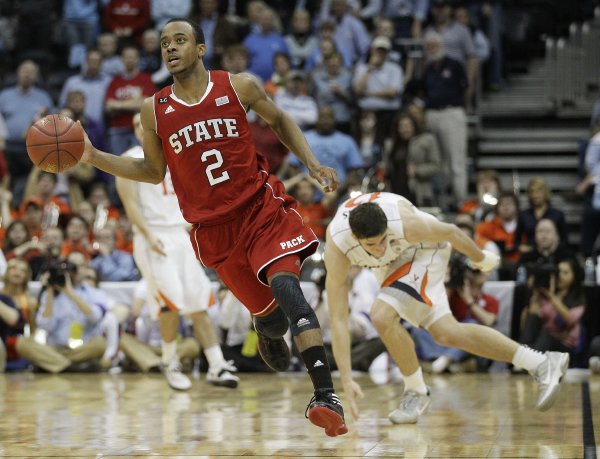Dissecting Joe Lunardi’s First Bracketology: Three Reaches and Three Underrateds
Posted by Chris Johnson on August 14th, 2012Christopher Johnson is an RTC columnist. He can be reached @ChrisDJohnsonn.
A three-month chasm stands in the way before another new beginning to another college basketball season. The NCAA Tournament won’t take place for another four months on top of that. But even with that distant timetable, the world’s premier bracketologist, ESPN’s Joe Lunardi, thought it pertinent to release his early projections for the 2013 Field of 68. From this faraway August vantage point, reasonable cases can be made for most every team’s inclusion. After all, no one has actually played any games; thus we have no hard evidence – beyond what our speculative eyes can gather from offseason work, recruiting hauls, summer practices and European tours – that any team actually deserves a Tournament berth. As such, it’s hard to find great fault with Lunardi’s summer projections, if only because we have no factual evidence to debunk their authority. In fewer than three months, teams will officially begin their RPI-building missions, hoping over the winter span to construct a Tournament-worthy resume. It’s a long and enduring process, but come March, Lunardi usually has a pretty decent sense of whose season-long body-of-work belongs and whose doesn’t make the cut.
For such a subjective process, Lunardi has over years of trial-and-error deconstructed the Tournament selection procedure into a predictive science. Fans often take his word as fact, or at least to the point where their Selection Show expectations are tempered by Lunardi’s analysis. In that context, it’s not hard to figure out why, even during these late summer months, his brackets drive both positive and negative discussion. The Lunardi bracket craze has reached yours truly, and as a starved college hoops fan, I couldn’t help but pore over its contents. All in all, the entire field seems reasonable, though I did come upon quite a few intriguing placements. To convey my thoughts in coherent form, I’m laying out three teams whose positions seem to be overstating their talent and three others who were undersold by Lunardi’s layout (“Underrateds”). These impressions derive only from the superfluous knowledge we have of each team at this point in the offseason, and how those vague profiles fit within Lunardi’s bracket. When the season begins, my perceptions will no doubt change, as will Lunardi’s March projections, so understand the limited scope from which these interpretations stand. This is merely an avenue to analyze sports’ greatest postseason tournament in a detached and unbiased way, without much in the way of evidence… more than a half-year in advance.
Reaches
UCLA: one-seed (West)





























